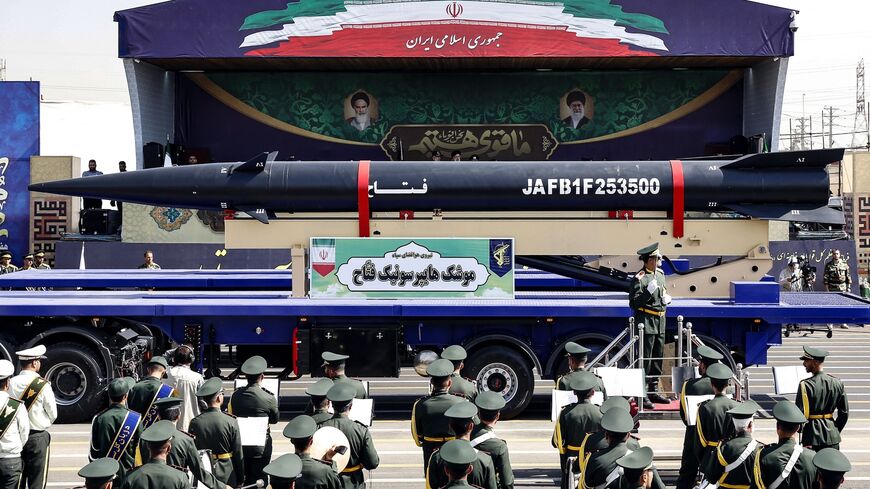This is an excerpt from Security Briefing, Al-Monitor's weekly newsletter covering defense and conflict developments in the Middle East. To get Security Briefing in your inbox, sign up here.
WASHINGTON — Iran and its proxies unleashed an unprecedented barrage of missiles toward Israel in the early hours of Sunday, thrusting the decades-long covert war between the two adversaries into an open conflict.
The majority of the 330 precision-guided drones, ballistic and land-attack cruise missiles were fired from Iranian territory, though launches were also recorded from Yemen, Iraq and Syria.
If the nature of the attack cast aside Tehran’s veil of deniability, it also pulled back the curtain on a nascent Middle East air defense cooperative quietly orchestrated by the US Air Force commanders out of al-Udeid Air Base in Qatar in recent years.
American F-15E Strike Eagles out of Muwaffaq Salti Air Base in Jordan and F-16s out of Prince Sultan Air Base in Saudi Arabia coordinated with French, Jordanian and UK Royal Air Force fighter jets via the Combined Air Operations Center (CAOC) at al-Udeid to shoot down more than 80 drones.



